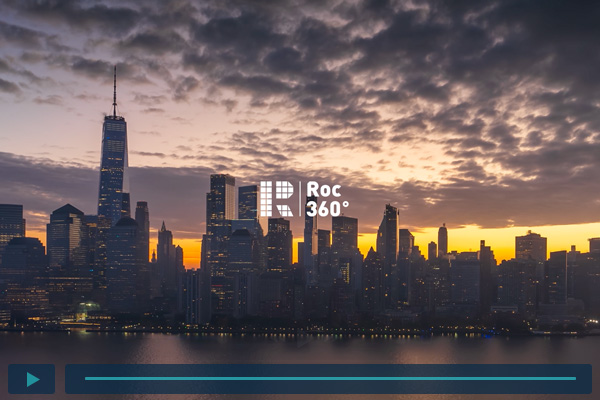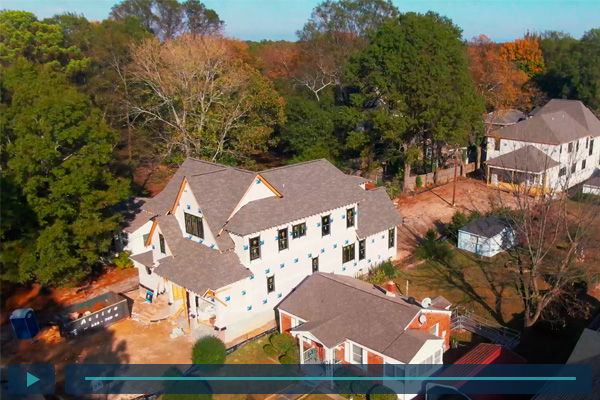At Roc360, we know the housing market is facing a three-fold crisis—availability, affordability, and age of housing stock.
Our team is committed to financing projects that address these challenges head-on, creating attainable housing and supporting the revitalization of homes and communities across the country.
Watch as voices from across Roc360 share how we’re working with investors and small businesses to help close the gap.
Our team is committed to financing projects that address these challenges head-on, creating attainable housing and supporting the revitalization of homes and communities across the country.
Watch as voices from across Roc360 share how we’re working with investors and small businesses to help close the gap.
Video Transcript
As a country, we are facing a threefold crisis when it comes to our housing market.
Availability, affordability, and age.
There is just a lack of turnkey hold for people to move into.
Decades of under building, especially post the 2008 financial crisis has led to a massive supply demand imbalance in the US housing stock.
Affordability is still out of reach for most families.
Prices and rents have surged outpacing incomes. First time home buyers are locked out and renters are spending an unsustainable amount of their income on housing costs.
America’s housing stock also has an aging problem. North of 50% of America’s housing stock is older than 50 years old, and most major metropolitan or city centers.
We’re not seeing major improvements from a housing stock standpoint of age.
We are living in yesterday’s homes. While today’s families need modern, safe, and sustainable housing.
Affordable housing is not a low income issue any longer. It is now a middle class crisis.
We view attainable housing as that which sits between government sponsored housing and full priced market rate homes.
Think of it as your first home. It’s a place that’s livable and financially within reach for middle income households.
It improves affordability in that it targets a middle income buyer base that doesn’t qualify for subsidies, but yet can’t afford market rate or above market rate housing, and reducing reliance on outdated, deteriorating, and obsolescent housing,
Modernizes housing stock.
Our capital will help investors touch up and refresh old properties and take that housing stock and make it newer.
These homes do not require government subsidies, but they’re not luxury homes either. This Is truly the missing middle of America’s housing stock that represents the largest portion of end user demand in the country.
As a country, we are facing a threefold crisis when it comes to our housing market.
Availability, affordability, and age.
There is just a lack of turnkey hold for people to move into.
Decades of under building, especially post the 2008 financial crisis has led to a massive supply demand imbalance in the US housing stock.
Affordability is still out of reach for most families.
Prices and rents have surged outpacing incomes. First time home buyers are locked out and renters are spending an unsustainable amount of their income on housing costs.
America’s housing stock also has an aging problem. North of 50% of America’s housing stock is older than 50 years old, and most major metropolitan or city centers.
We’re not seeing major improvements from a housing stock standpoint of age.
We are living in yesterday’s homes. While today’s families need modern, safe, and sustainable housing.
Affordable housing is not a low income issue any longer. It is now a middle class crisis.
We view attainable housing as that which sits between government sponsored housing and full priced market rate homes.
Think of it as your first home. It’s a place that’s livable and financially within reach for middle income households.
It improves affordability in that it targets a middle income buyer base that doesn’t qualify for subsidies, but yet can’t afford market rate or above market rate housing, and reducing reliance on outdated, deteriorating, and obsolescent housing,
Modernizes housing stock.
Our capital will help investors touch up and refresh old properties and take that housing stock and make it newer.
These homes do not require government subsidies, but they’re not luxury homes either. This Is truly the missing middle of America’s housing stock that represents the largest portion of end user demand in the country.


